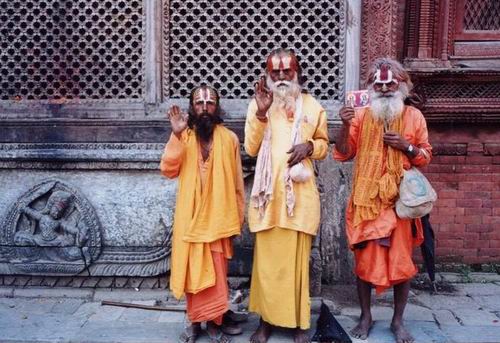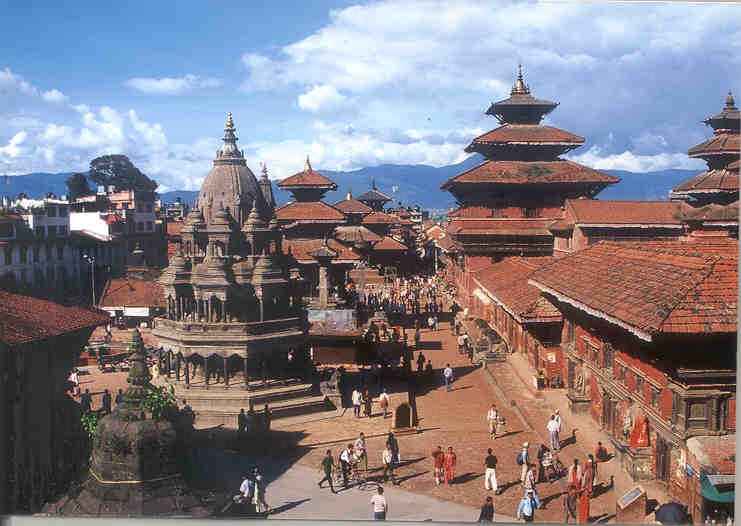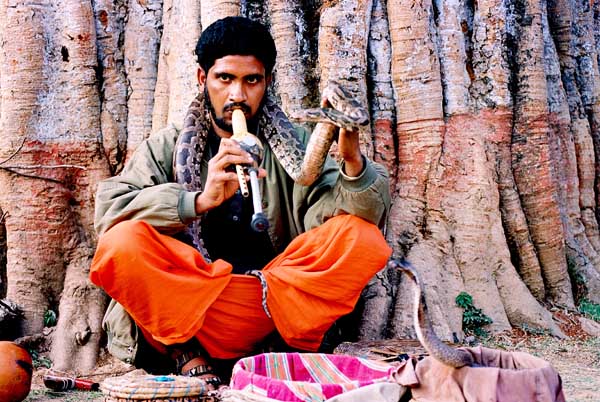Nepal, a sovereign independent Kingdom, is bounded on the north by the Tibetan Autonomous Region of the People's Republic of China, and on the east, south and west.

ID:107482-00056 Nepal impression Picture Sources:ccnpic.com Yu Xing
The kingdom of Nepal is bounded on the north by the Tibet Region of the People's Republic of China, on the east by Sikkim and West Bengal and on the south and west by by the Indian States of Bihar and Uttar Pradesh. Nepal civilization stretches back thousands of years before the birth of Christ. As the popular legend goes, the original settlers of the Kathmandu Valley were the Kirantis, who were later succeeded by the Lichhavis who, in turn, were succeeded by the Mallas. In 1769 the Shah Dynasty ascended the throne of the unified Kingdom.
Nepal, the biggest natural museum in the world, Nepal is one of the richest countries in the world in terms of bio-diversity due to its unique geographical position and latitudinal variation. Nepal is a country of amazing extremes. The elevation of the country ranges from 600 m above sea level to the highest point on earth. There is the world's highest mountain, Mt. Everest at 8,848 m, all within a distance of 150 km with climatic conditions ranging from subtropical to arctic. This wild variation fosters an incredible variety of ecosystems, the greatest mountian range on earth, thick tropical jungles teeming with a wealth of wildlife, thundering rivers, forested hills and frozen valleys.
Within this spectacular geography is also one of the richest cultural landscapes anywhere. The country is a potpourri of ethnic groups and sub-groups who speak over 70 languages and dialects. Nepal offers an astonishing diversity of sightseeing attractions and adventure opportunities found nowhere else on earth. And you can join in the numerous annual festivals that are celebrated throughout the year in traditional style highlighting enduring customs and beliefs.

ID:111095-00007 Nepal impression Picture Sources:ccnpic.com Tan Hong

ID:108904-00004 Nepal impression Picture Sources:ccnpic.com Bu Mingwei
There have Rich tourism resources.
Hanumandhoka (Kathmandu Durbar Square):
It is the historic of royalty. The Durbar Square, with its old temples and palaces, epitomizes the religious and cultural life of the people. It is here that kings of Nepal are crowned and their coronations solemnized. Interesting things to see here are: Taleju Temple built by King Mahendra Malla in 1549 AD, the temple of Kal Bhairav, the God of destruction, Nautalle Durbar, Coronation Nasal Chowk, the Gaddi Baithak, the statue of King Pratap Malla, the Big Drum and the Jagnnath Temple. It was listed in the UNESCO World Heritage Monument List in 1979.
On the right hand corner, a large wooden lattice screen hides an enormous gilded face of Sweta Bhairav. The Screen in removed only during the Indra Jatra festival.
There are also the Numismatic Museum and Tribhuvan Museum inside the Hanuman Dhoka Palace building. Photography is prohibited inside the museums. Both the museums remain closed on Sundays, Mondays and government holidays.
Kathmandu, City of Hills:
The valley is situated at an altitude of 1,336 m above sea level and covers an area of 218.sq. miles. The rich tapestry of the cultural heritage of Nepal is synthesized in the Kathmandu Valley, the home of the ancient and sophisticated Newari culture. The Newars are the indigenous inhabitants of the valley and the creators of the splendid civilization of its three cities - Kathmandu, Patan and Bhaktapur. The skillfully built temples and palaces, delicately engraved stone and metal images, carved wooden columns and pillars, and the history laden shrines and chaityas of these three historical cities stand testimony to the Newars's artistic achievements.
Swayambhunath:
This is one of the world's most glorious Buddhist Chaityas. It is said to be 2,000 years old. Painted on the four sides of the spire's base are the all-seeing eyes of Load Buddha. It is 3km west of Kathmandu city and is situated on a hillock about 77m above the level of the Kathmandu Valley and hence commands an excellent view of the Valley and hence commands an excellent view of the Valley. This Stupa is the oldest of its kind in Nepal. It was listed in the UNESCO World Heritage Monument List in 1979.
The National Museum:
Located about 2km west of Kathmandu, the National Museum has a splendid collection of weapons and artifacts from ancient, medieval and modern Nepal. Its archaeological and historical displays are worth seeing. The museum is closed on Sunday/Monday and government holidays.
Natural History Museum:
Situated 3km west of Kathmandu city behind the famous Swayambhunath hillock. This museum has a unique collection of butterflies, fish, reptiles, birds, mammals, plants and a variety of fossils collected within the country. Photography inside the museum is prohibited. (CCNPIC Tony Xie)
(Article Resource: www.ccnpic.com)